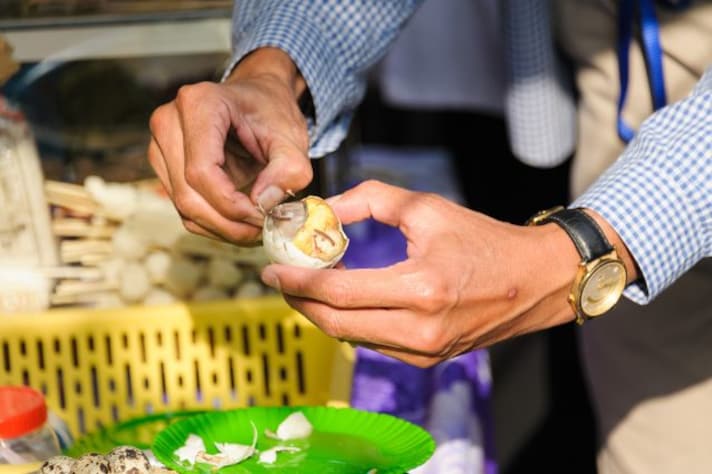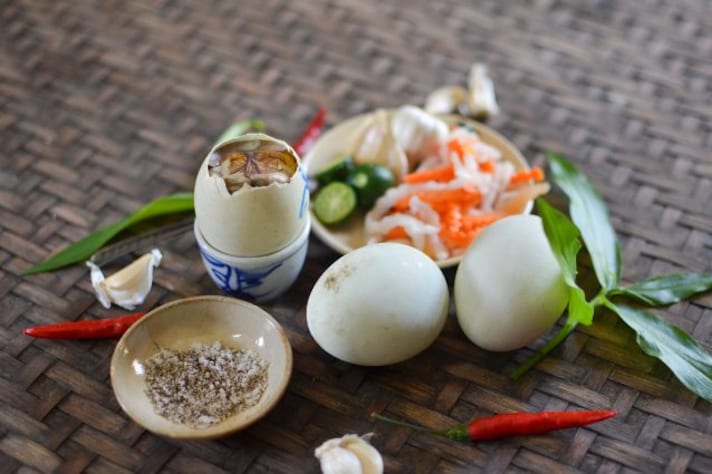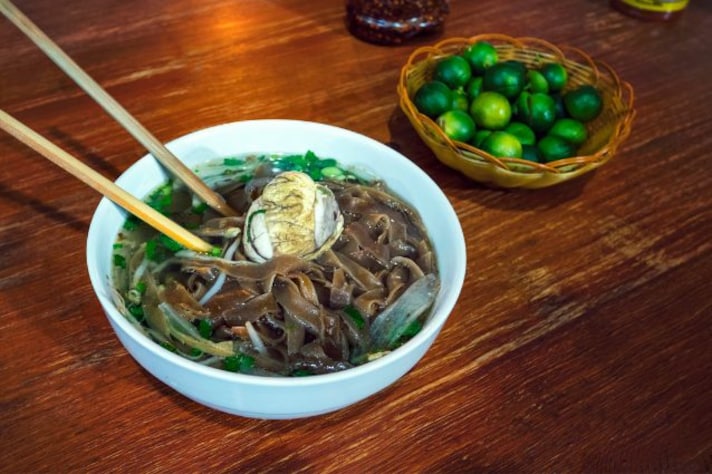Does Balut (Duck Embryo) Taste as Intimidating as It Looks?
Balut, a fertilized duck embryo popular in Southeast Asia, is one of the world’s most intriguing and misunderstood delicacies. While its appearance may seem intimidating, its flavor tells a different story. Deeply rooted in tradition and loved for its rich taste, balut challenges Western perceptions of food. But does it truly taste as daunting as it looks? The answer might surprise you.

Few foods spark as much intrigue—and apprehension—as balut, the fertilized duck embryo widely enjoyed in the Philippines and other Southeast Asian countries. For those unfamiliar with it, the idea of consuming a partially developed duckling might seem shocking, even extreme. But for millions, balut is a beloved street food and a source of nostalgia, packed with flavor and rich in nutrients.
So, if balut’s appearance makes some people uneasy, how does it actually taste? And is it as intimidating as it looks? Let’s crack it open.
What Exactly Is Balut?
Balut is a fertilized duck egg incubated for about 14 to 21 days, at which point the embryo is partially developed, complete with soft bones, a beak, and feathers. It’s then boiled and eaten straight from the shell, often with a sprinkle of salt, a dash of vinegar, or a squeeze of calamansi (a small citrus fruit).
In the Philippines, Vietnam, Cambodia, and Laos, balut is considered a nutritious, protein-packed delicacy. It’s commonly enjoyed as a street food snack or even as a source of energy and vitality. Despite its intimidating reputation, many locals see it as comfort food, much like Americans view chicken soup.

What Does Balut Smell Like?
Unlike durian, which is infamous for its pungent aroma, balut’s smell is relatively mild. Freshly boiled balut emits a warm, slightly savory scent, similar to hard-boiled eggs mixed with a hint of poultry broth. The addition of salt or vinegar enhances its aroma, making it even more appetizing for those who enjoy umami-rich flavors.
For those worried about an overly "gamey" or strong odor—there’s little to fear. Unlike fermented foods like century eggs or Limburger cheese, balut doesn’t have a particularly offensive smell. The real challenge lies in its texture and appearance.
How Does Balut Taste?
If you can get past the visuals, you might be surprised to find that balut is rich, savory, and deeply satisfying. The taste is often described as a mix between a soft-boiled egg and a mild, poultry-like broth. Each part of the balut offers a different experience:
- The broth: Before peeling the shell, many locals sip the warm, flavorful liquid inside, which tastes like a rich duck soup.
- The yolk: Creamy and slightly grainy, the yolk is similar to a well-cooked hard-boiled egg but with a deeper umami flavor.
- The embryo: This is the most challenging part for many first-timers. Depending on its stage of development, the texture can range from tender and soft to slightly firmer with a faint chewiness. However, it tastes surprisingly mild, akin to dark chicken meat with a hint of liver-like richness.
For those hesitant to eat the embryo, some choose to only consume the yolk and broth, which still offers a taste of balut without the full experience.

Why Do People Love It?
Despite its unusual appearance, balut is deeply cherished in Southeast Asia. Its appeal isn’t just about flavor—it’s also tied to tradition, nostalgia, and cultural pride. Many Filipinos associate balut with childhood memories, family gatherings, and bustling night markets.
Additionally, balut is believed to be an energy booster and even an aphrodisiac, making it a popular late-night snack among workers and night owls. Its high protein content and warming properties make it a favorite for those needing a quick and filling meal.
Would Americans Enjoy Balut?
Given its eggy, savory flavor, balut might not be as intimidating to the American palate as it seems. Many adventurous eaters who enjoy foie gras, bone marrow, or even soft-shell crab might find balut surprisingly pleasant.
However, the biggest barrier isn’t taste—it’s the visual and psychological challenge. Western food culture tends to avoid eating animals in their less processed forms, which is why balut often sparks such strong reactions. But for those willing to push past initial hesitation, it can be an eye-opening and rewarding culinary experience.

How to Try Balut (If You Dare!)
If you’re feeling adventurous and want to try balut, here are a few tips:
- Start with a younger balut (around 14 days old) as it has a softer texture and less developed features.
- Sip the broth first to ease into the experience—this is the most universally enjoyed part.
- Use condiments like vinegar, salt, or chili to enhance the flavor.
- Try it in a dish—some restaurants incorporate balut into stews, deep-fry it, or serve it in adobo sauce, making it more approachable.
Final Verdict: Should You Try Balut?
If you’re open to new flavors and willing to look beyond appearances, balut is far less intimidating than it seems. While it may never achieve the mainstream appeal of sushi or ramen, it holds a respected place in Southeast Asian cuisine for a reason. The combination of rich flavors, cultural significance, and nutritional benefits makes it a food worth experiencing—at least once.
So, the next time you find yourself in the Philippines or at an authentic Filipino restaurant, would you take the challenge and crack open a balut?
;Resize,width=767;)
;Resize,width=712;)

;Resize,width=712;)
